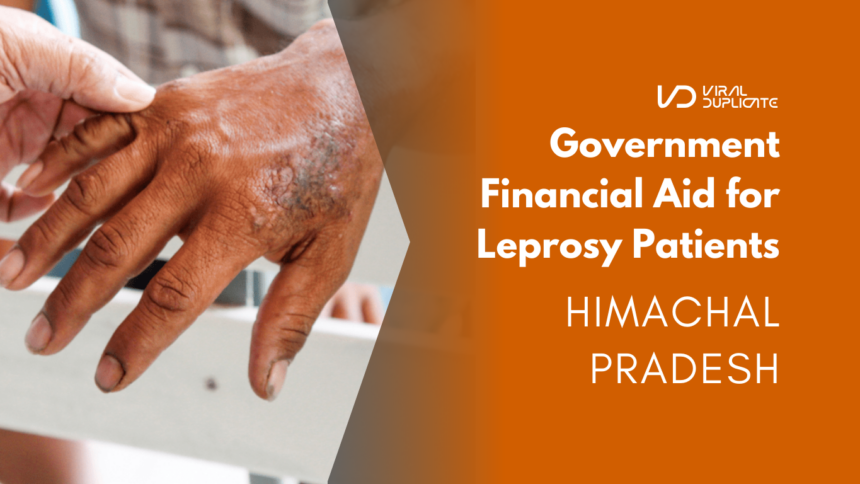Leprosy is a long-standing health issue that has a detrimental impact on the well-being of patients at all levels physical, social, or economical. Under the Rehabilitation Allowance for Lepers Scheme, the Himachal Pradesh government provides financial aid to the leprosy-affected. This initiative ensures they receive monatary support to improve their quality of life.
In this guide we will discuss about the the scheme eligibility, benefits and the application process to applu for the scheme.
What is the Rehabilitation Allowance for Lepers in Himachal Pradesh?
The Rehabilitation Allowance Scheme in Himachal Pradesh provides financial aid to leprosy patients living in an exclusive area. It is an initiative which caters for their basic needs and the avoidance of isolation from the lead society.
Key Features of the Scheme
- Monthly allowance of ₹750 for benefit
- Offered exclusively to the permanent residents of Himachal Pradesh
- Aims to reduce the financial pressure and social stigma
- Supports the rehabilitation and the integration in society
Eligibility Criteria for the Rehabilitation Allowance
To qualify for the rehabilitation allowance scheme in Himachal Pradesh applicant must:
- Have been diagnosed with leprosy (formerly affected and suffering the disease currently)
- Be a permanent resident of Himachal Pradesh
- Be living in a recognized leprosy colony.
- Not be receiving any other similar financial aid from the goverment.

Step-by-Step Guide to Apply for the Allowance
Step 1: Check Eligibility
Before applying, ensure you meet all the eligibility requirements. The allowance is specifically for those who reside in leprosy colonies within Himachal Pradesh.
Step 2: Collect the Required Documents
Applicants should submit the following documents:
- Aadhaar Card/Voter ID – To prove your identity
- Domicile Certificate – To confirm that you are a resident of Himachal Pradesh
- Leprosy Medical Certificate – Issued by a recognized government hospital
- Income Certificate – For the purpose of confirming financial need
- Bank Account Details – Needed for the direct fund transfer
Step 3: Submit the Application
Applicants can apply through:
- Offline Process: Visit the nearest Social Welfare Office and submit the required documents.
- Online Process: Register and apply through the Himachal Pradesh government official website.
Step 4: Verification & Approval
The Social Welfare Department will:
- Verify documents and residency status
- Conduct field visits if necessary
- Approve the application and initiate payments
Step 5: Receive Monthly Allowance
Once approved, the beneficiary will receive ₹750 per month directly into their bank account.
Challenges Faced by Leprosy-Affected Individuals
Despite government support, leprosy patients in Himachal Pradesh still face several challenges:
- Social Stigma & Discrimination – Many individuals struggle to reintegrate into society.
- Limited Awareness – Many patients do not know about the financial assistance available.
- Application Delays – Bureaucratic processes slow down the fund disbursement.
How to Overcome These Challenges?
- Spreading Awareness: NGOs and community groups should educate leprosy patients about their rights.
- Simplifying the Process: The government can introduce faster digital application methods.
- Better Rehabilitation Programs: Job training and employment opportunities should be integrated into the scheme.
FAQs: People Also Ask
1. Who is eligible for the rehabilitation allowance for lepers in Himachal Pradesh?
Persons afflicted with leprosy and residing in recognized leprosy colonies in Himachal Pradesh are the example.
2. How much financial aid is provided under this scheme?
₹750 per month will be given to the beneficiaries that are allowed to rehabilitate themselves.
3. How can I apply for the rehabilitation allowance?
You can apply at the Social Welfare Office or on the official state government website.
4. Can cured leprosy patients apply for financial aid?
Yes, but they need to establish that the malaise’s aftermath still haunts them economically.







